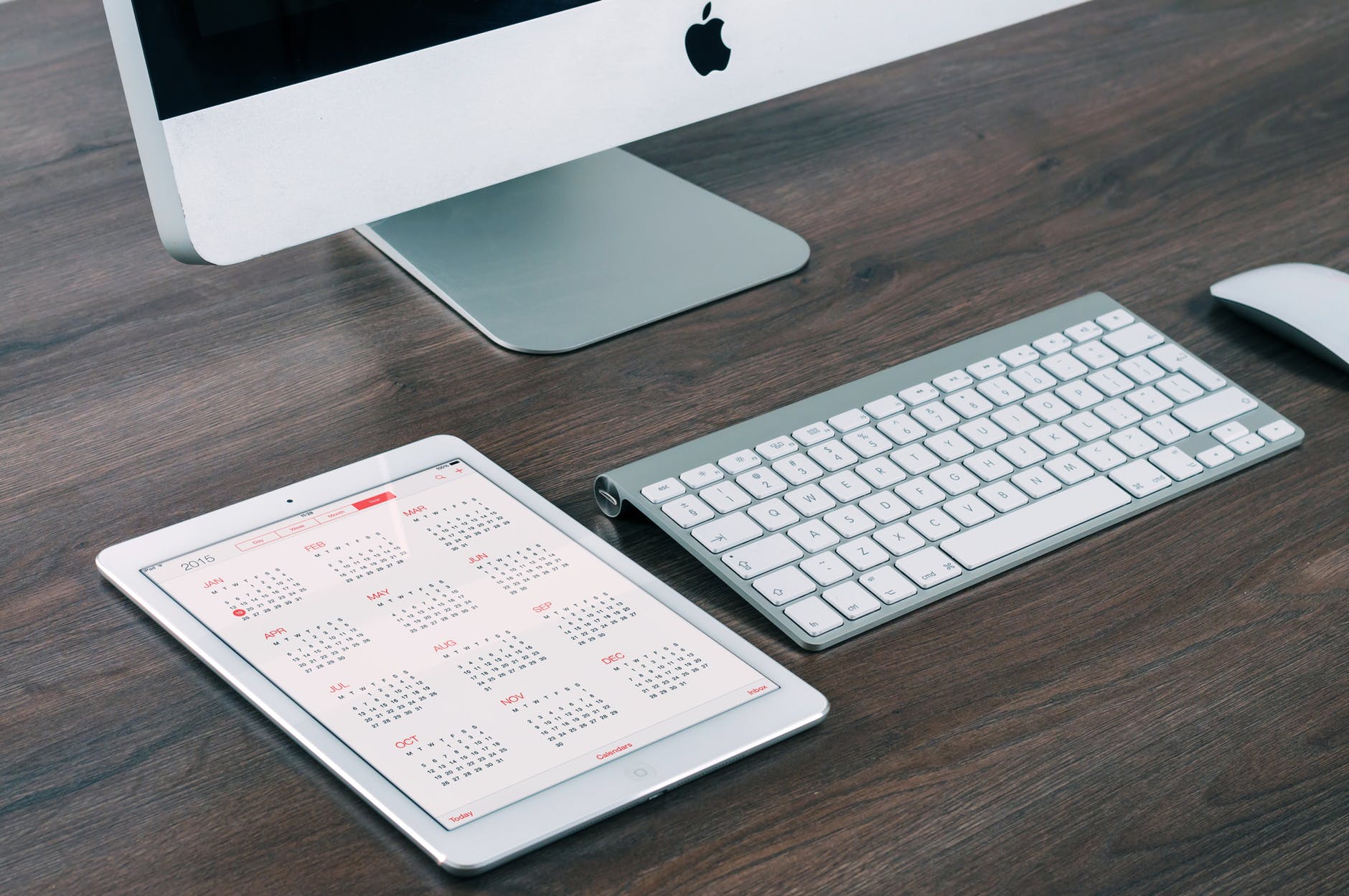
As wonderful as eating is, it takes a lot of time. Planning your meals can give you more time to enjoy your food, as well as more time to get things done.
Meal-planning is not just about figuring what to eat. Eating at the right time can boost your energy, keep you feeling full throughout the workday, and cut down on your snack intake.
We’re wired to think about eating in terms of breakfast, lunch, and dinner. The trouble is, the same eating schedule doesn’t work for everyone. What if you work the night shift? What if you need to spend your lunch break running errands?
The solution is to find eating times that work for you. Here’s how to do it:
1. Keep tabs on your productivity.
Everyone has their own daily rhythm. Some people are most productive in the morning, while others crank out their best work in the afternoon or at night.
To figure out when you should eat, think through your peaks and troughs. If you usually take lunch at noon but always feel groggy afterward, try a different time. Eating earlier in the day could keep you from crashing as hard.
2. Monitor your hunger.
Hunger is your body telling you to feed it. Even if you’re in your groove at work, don’t ignore it.
Try not to think of hunger as a binary. Are you hungry enough for a full meal, or would a granola bar be enough? There’s nothing wrong with putting a 3 p.m. snack on your schedule, as long as it’s truly a snack.
Realize, too, that our body isn’t great at distinguishing hunger from thirst. Practice mindful eating: Sometimes, a drink of water is what we really need. At other times, our body might be responding to a nutrient deficiency rather than a lack of raw calories.
3. Snack responsibly.
Snacks can be part of a healthy diet, but they should not be arbitrary. Plan out your snack times so you don’t overeat, and so that you can focus on your work.
Try to combine snacks with other break-time activities. Maybe you bring a bag of trail mix along with you on a walk. That way, your sole focus isn’t shoveling food into your mouth.
If you struggle with snacking, get an accountability partner. At home, encourage your spouse to say something if you grab the bag of chips right after dinner.
In the office, social norms can keep people from speaking up. A good alternative is to ask your office manager to choose healthier snacks, which are both less tempting and less harmful if you do decide to binge.
4. Consider when you exercise.
Planning meals around your workout schedule can be tough. If you prefer to exercise first thing, then you need to think through your morning routine: How are you going to wake up, work out, shower, eat breakfast, and still get out the door in time for work?
If you want to exercise after work, be sure you get a bite to eat 2-3 hours in advance. Depending on when you get off work, this might mean taking a later lunch than people typically do. And because making dinner takes time, it might also mean eating supper later in the evening.
As important as exercise is, don’t let it dictate your meal schedule. Find a balance: Perhaps you work out earlier than you otherwise would so that you have time for a filling breakfast before heading to the office.
5. Factor in your sleep schedule.
Most people have trouble falling asleep on a full stomach. Especially if you exercise after work, avoid eating dinner so late that it gets in the way of your sleep. Popping into the kitchen for a midnight meal is almost never a good idea.
One exception? If you’re so hungry that you can’t sleep because of it, feel free to grab a late-night snack. Just be sure to practice portion control: Especially when you’re tired, it’s easy to overeat.
6. Keep it consistent.
Eating at regular times in the day keeps your metabolism stable. That, in turn, prevents swings in your mood and energy levels.
Be proactive: If you worry that you’ll be so busy tomorrow that you won’t have time for lunch, then it might be best to work a little more before you leave the office today. If you need to wake up early one day, postpone breakfast until your normal time.
What about special occasions? Events like office parties and birthdays may require you to eat at odd times. That’s OK, as long as you get back to your routine afterward.
Don’t let eating be a haphazard activity. Prepare healthy meals, choose the right time to eat them, and listen to your body afterward. For finding your ideal eating schedule, self-awareness is key.









